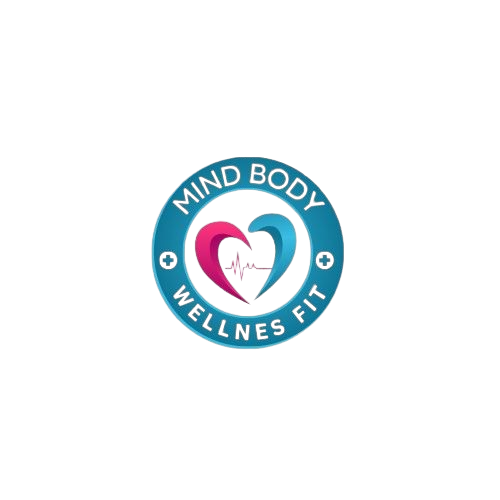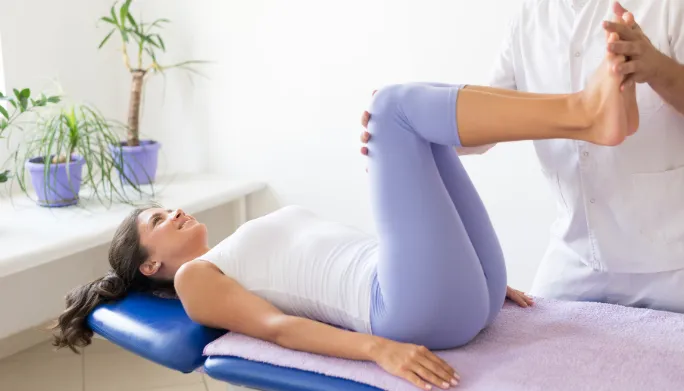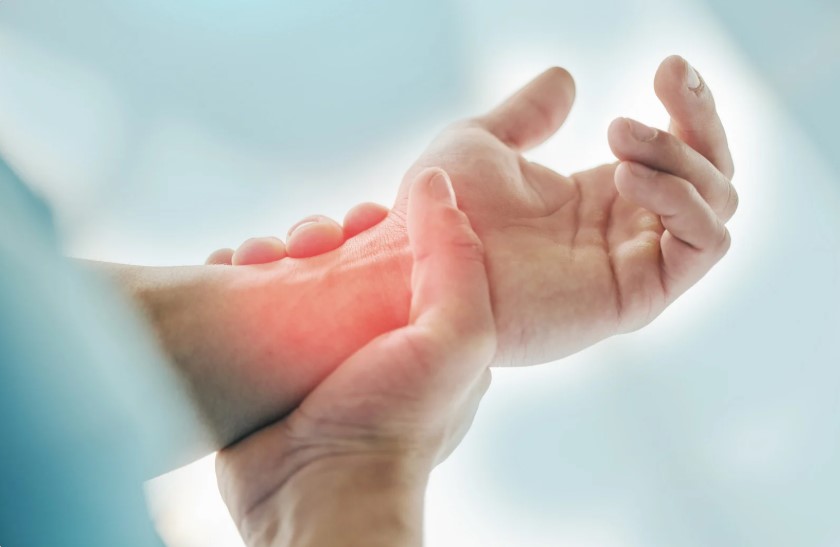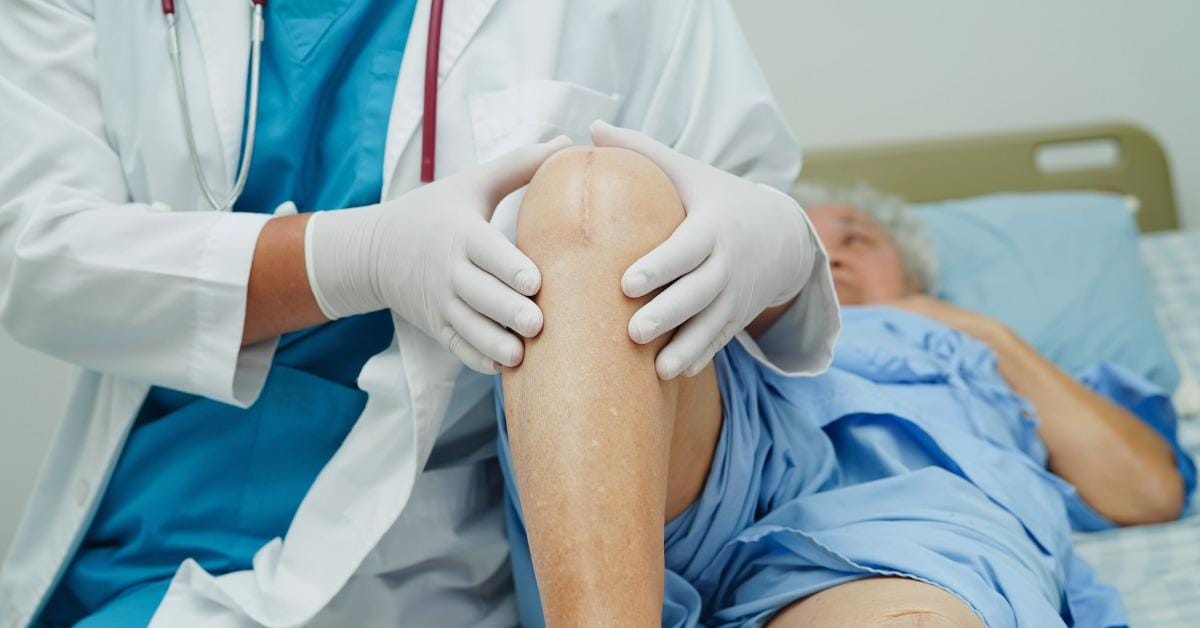Chronic wounds, such as diabetic ulcers and pressure sores, can significantly impact an individual’s quality of life. These wounds often fail to heal despite standard treatment methods, leading to prolonged pain and complications. Orthopedic treatment for non-healing wounds plays a crucial role in addressing the underlying issues that hinder proper healing, particularly for individuals dealing with mobility challenges or pressure-related wounds. By focusing on improving structural alignment and relieving pressure, orthopedic solutions can effectively enhance the healing process of chronic wounds.
What Are Chronic Wounds and How Do They Impact the Body?
Chronic wounds are defined as wounds that fail to heal within a reasonable timeframe, often due to poor circulation, diabetes, or prolonged pressure. These wounds can severely affect mobility, as well as a person’s overall health and well-being. The need for orthopedic treatment for non-healing wounds arises when structural issues such as improper posture, joint misalignment, or immobility exacerbate the wound’s inability to heal. Addressing these issues through orthopedic care is vital in facilitating recovery and restoring the body’s natural healing abilities.
The Connection Between Orthopedic Health and Chronic Wound Healing
Orthopedic health is intrinsically linked to chronic wound healing. Wounds often fail to heal due to inadequate support, excessive pressure, or impaired circulation caused by joint dysfunction or immobility. Orthopedic treatment for non-healing wounds focuses on addressing these factors by promoting proper alignment, posture, and mobility. By utilizing orthopedic devices such as braces or orthotics, patients can reduce pressure on the affected area, increase blood flow, and ultimately support the body’s natural healing processes.
Key Benefits of Orthopedic Solutions for Chronic Wounds
- Enhanced Healing Rates: One of the most significant benefits of orthopedic treatment for non-healing wounds is its ability to accelerate the healing process. By reducing pressure and improving alignment, the body can focus its energy on repairing the wound.
- Pain Relief and Comfort: Many chronic wounds are painful, and orthopedic solutions help alleviate discomfort by providing better support and stability to affected areas. Braces or orthotics help redistribute weight and pressure, reducing strain on the wound and surrounding tissue.
- Improved Mobility: Orthopedic treatment for non-healing wounds often restores mobility, allowing patients to move more freely and comfortably. This improved mobility can prevent further injury and promote circulation, which is essential for wound healing.
- Prevention of Complications: Without proper care, chronic wounds can worsen or become infected. Orthopedic devices help prevent additional damage by reducing friction and pressure, ensuring the wound remains stable and protected.
- Custom Solutions for Individual Needs: Orthopedic treatments are highly customizable, catering to the specific needs of each patient. Whether through custom orthotics, footwear, or braces, these solutions are tailored to provide optimal support for the unique challenges posed by each wound.
Types of Orthopedic Solutions for Chronic Wounds
There are various orthopedic treatments for non-healing wounds, each designed to provide specific support for the affected area:
- Orthotic Devices: Custom-made orthotics can be crucial in relieving pressure from chronic wounds, especially those found on the feet or ankles. By redistributing weight, these devices ensure that no single point bears too much pressure, allowing the wound to heal.
- Braces and Supports: For wounds located around joints, braces can offer the necessary support while reducing movement that may irritate the wound. This stability helps prevent further damage while promoting a conducive environment for healing.
- Specialized Footwear and Insoles: Foot ulcers, commonly associated with diabetes, benefit from specialized shoes or insoles. These products are designed to alleviate pressure on vulnerable areas, providing comfort and supporting proper wound healing.
When to Seek Professional Help for Chronic Wounds
If chronic wounds show no sign of improvement after conventional treatments, it may be time to consider orthopedic treatment for non-healing wounds. This is especially true if the wound is located in a high-pressure area or if mobility issues are contributing to the wound’s inability to heal. Early intervention with an orthopedic specialist can help determine the most appropriate course of treatment, ensuring the wound is managed effectively and healing is maximized.
How Orthopedic Solutions Can Make a Difference in Chronic Wound Management
Incorporating orthopedic treatment for non-healing wounds into a wound care plan can significantly improve the healing process, providing relief from pain and promoting faster recovery. Orthopedic solutions not only address the structural challenges contributing to the wound but also help prevent future complications, ensuring that the healing process is efficient and sustainable. If you or someone you know is struggling with chronic wounds, seeking professional orthopedic care could be the key to achieving better outcomes and restoring mobility.






